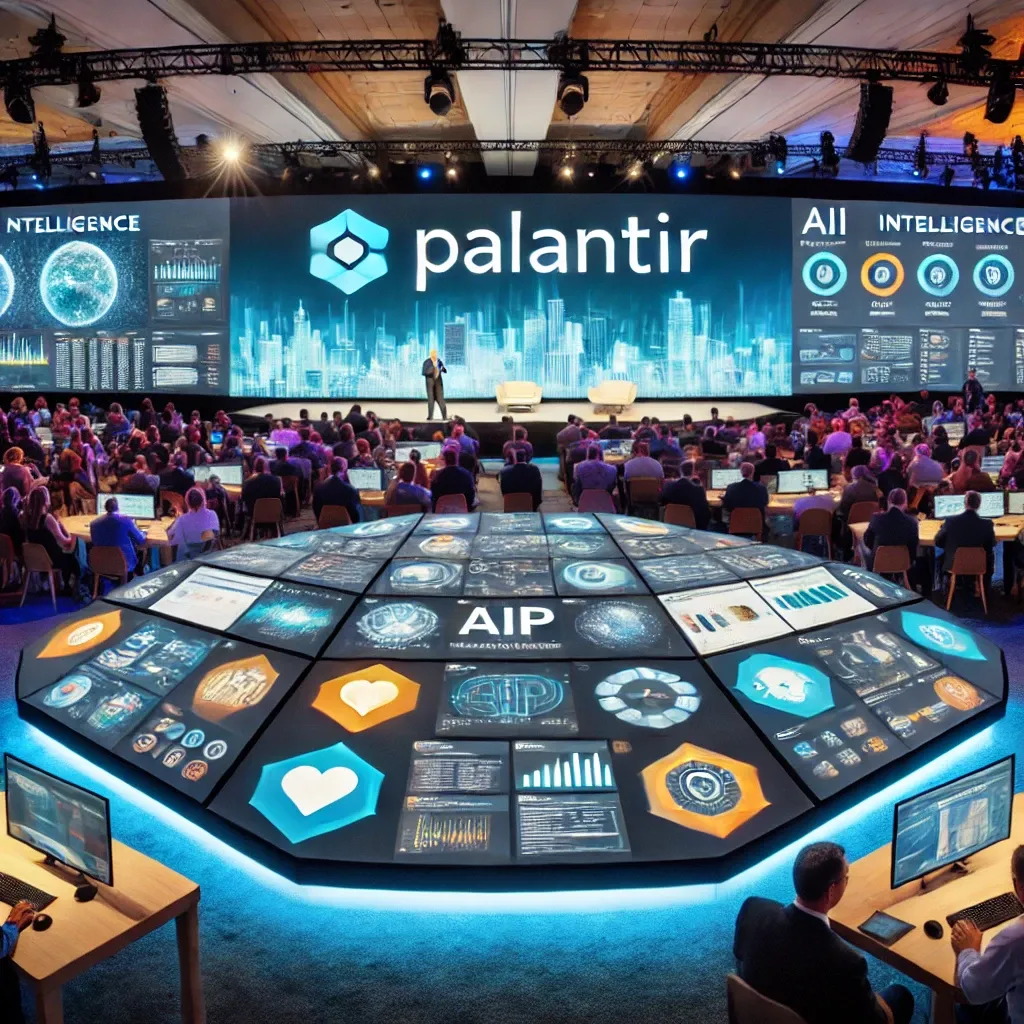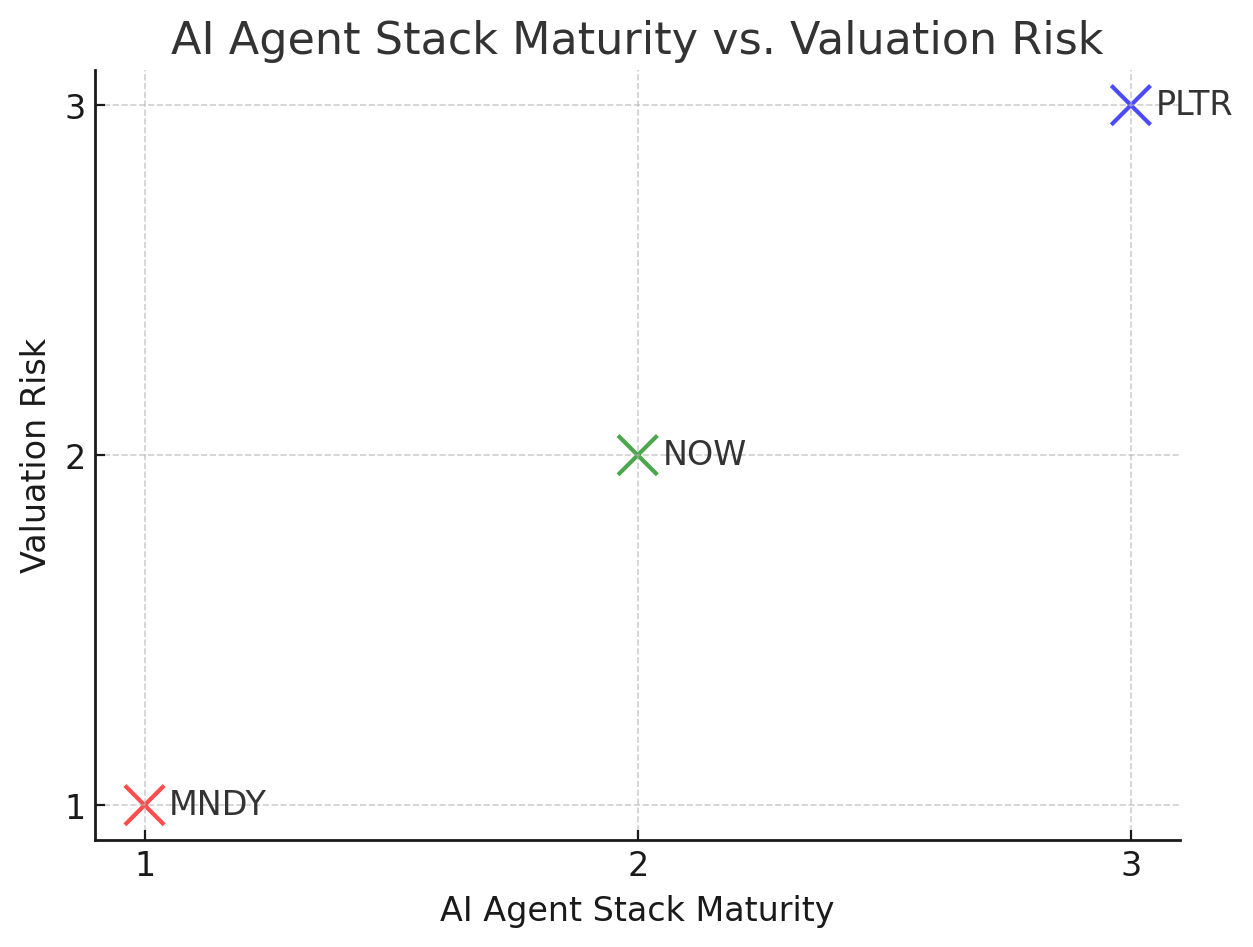Notes: Palantir - Updating On AIP, Ontology, & OSDK

Summary
- Following the recent AIP event, we wanted to share some updated thoughts and insights into PLTR.
- We recap on the challenges enterprises are facing in trying to implement a LLM into their environment.
- We share some insights from the AIPCon June 2024 customer presentations.
- We discuss the OSDK, the toolset that is radically flattening the learning curve of building applications on top of an ontology.
Palantir (PLTR) continues to solidify its position as the LLM enabler for the enterprise, demonstrating the application of its AIP (Artificial Intelligence Platform) across a number of different industries and use cases in the recent AIPCon June 2024 event. Some of the customer case studies at the event also showcased PLTR's end-to-end data management capabilities, enabling enterprises to build complete modern data stacks all from within Foundry, something we highlighted in our previous PLTR report.
Quick Recap - Challenges of Implementing LLMs in Enterprise Environments
Bringing a LLM into an enterprise setting presents numerous challenges. The first hurdle is creating an ontology, which is a semantic representation of the entire estate of an enterprise's data. Just gathering disparate data into a centralized location is insufficient for fine-tuning an LLM. The LLM needs to understand the relationships between the data, and can only do this if a common vocabulary for the enterprise's data has been established - the language of the business. ChatGPT and others would not have the level of intelligence they now possess if they were not trained on the Internet's ontologies. The same logic applies for fine-tuning an LLM too.
RAG, or Retrieval-Augmented Generation, enhance LLMs by providing them with specific, relevant data retrieved from enterprise databases. And those LLM decision makers within enterprises know that RAG is important but only about 2-3% are actually adopting it because most RAGs cannot access the necessary data, or they can, but the data has not been sufficiently curated and rolled up into an ontology.




